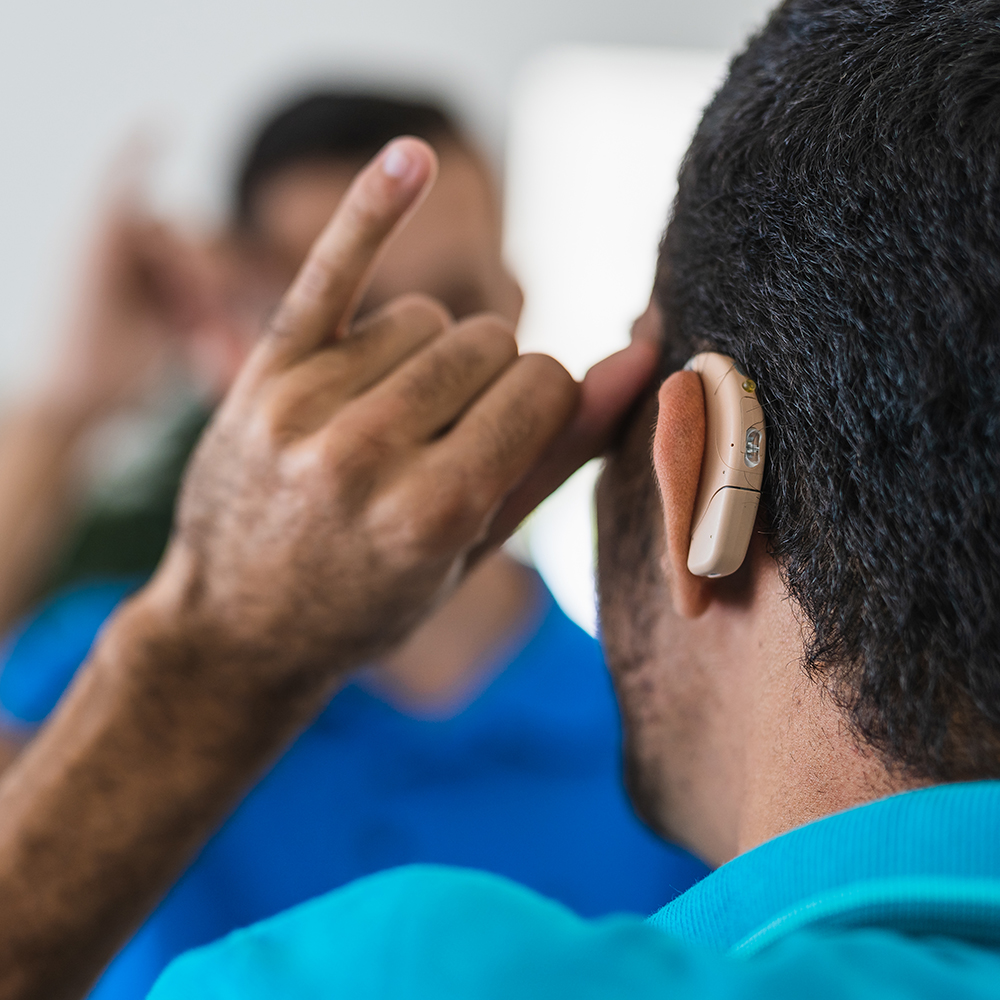Life Health Solutions -15 March 2024
Few things are as demotivating as sharing an idea or thought process with someone who appears to be checked out. In a work environment, this not only puts a strain on relationships, but also impacts motivation levels and commitment to work.
Unlike passive listening, active listening requires you to be tapped into and engage with what is being said. It’s a skill that can be learned and you don’t necessarily have to be a natural – the only requirement is that you’re willing to invest the time to reap the benefit.
The value of active listening at work
Listening is a key component of successful communication. Active listening increases the likelihood of the speaker feeling heard, recognised and valued. These emotions are the building blocks of healthy relationships and hold the power to strengthen feelings of connection and trust within the workplace. Cumulatively, this contributes to stronger interpersonal relationships, team dynamics and a healthy culture within a business.
4 ways to practise active listening
Regardless of the title you hold in the business, we can all gain a great deal from active listening. The next time a colleague reaches out to you, whether it’s in a meeting or while grabbing a coffee, consider giving these suggestions a go:
- Remove distractions
This one sounds quite obvious, but in a world where so many things compete for our attention, it takes intention to remain focused on the present moment. In this sense, active listening is a form of mindfulness that asks us to remain committed to the present moment. Try to avoid looking at any screens (unless you’re on a video call) when meeting with colleagues, choose a quiet environment, and let go of the idea that everything requires your full attention at the same time. These are small acts that increase your ability to show up and succeed at tuning into what is being said.
- Use your body
Eye contact is key and emphasises where your focus lies. Blink often and don’t stare. If it’s hard to find a spot to look at, direct your vision between the speaker’s eyes and alternate between their mouth to keep a more natural focus. Try to avoid looking off to either side of them or out the window. While you’re at it, keep your body language open and relaxed. Crossing your arms or playing with your hair while a colleague is talking should be avoided or kept to a minimum.
- Don’t think of what you’re going to say next
This one is a lot harder. We so often want to share our thoughts immediately that we can at times forget to leave room for everyone else’s. Mindfully speaking, apart from being present, considering and acknowledging that other people have opinions, needs and wants that are as important as yours go a long way in achieving this. Additionally, consider the idea of listening without judging. Think of listening as an act of curiosity and an opportunity to build your insights, while learning more about how somebody else views and experiences their sense of reality.
- Repeat after me
Once you’ve actively absorbed the information, it’s a nice touch to summarise what you’ve heard or lead with a follow-up question. These are acts of engaging with the speaker and building a connection as an extension of the benefits of active listening.
At Life Health Solutions, we’re geared to take your business to new heights. To learn more about how we can support and engage your employees (and, therefore, boost your business), email hello@lifehealthcare.co.za, call (+27) 86 123 4123 to speak to one of our business development managers or visit our website for more information.






